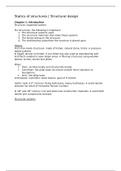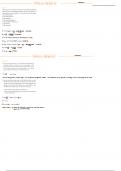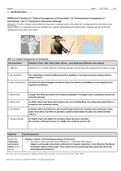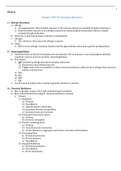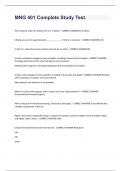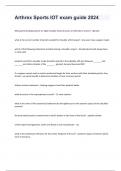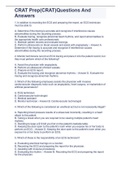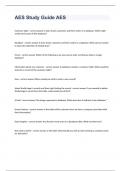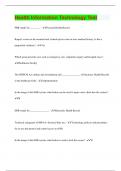Samenvatting
Summary Statics of Structures
- Vak
- 7P3X0
- Instelling
- Technische Universiteit Eindhoven (TUE)
This is a summary for the course 7P3X0 Statics of Structures. It is summary of the reader of the Structural Design part of this course. It is written fully in English. Note: this summary does not include the rules of thumb. It might be wise to study these as well as a preparation for the exam.
[Meer zien]
